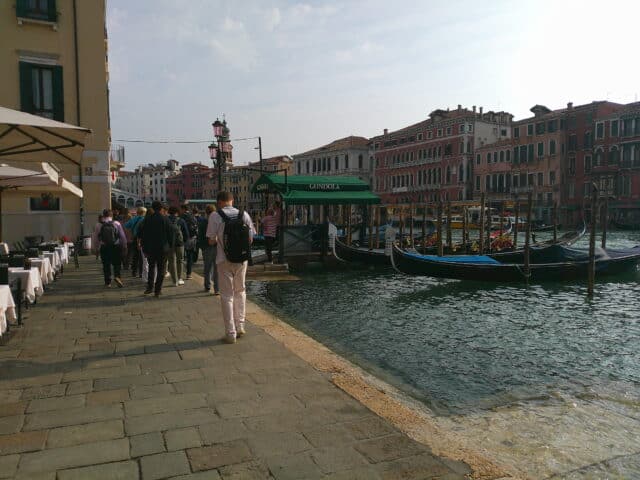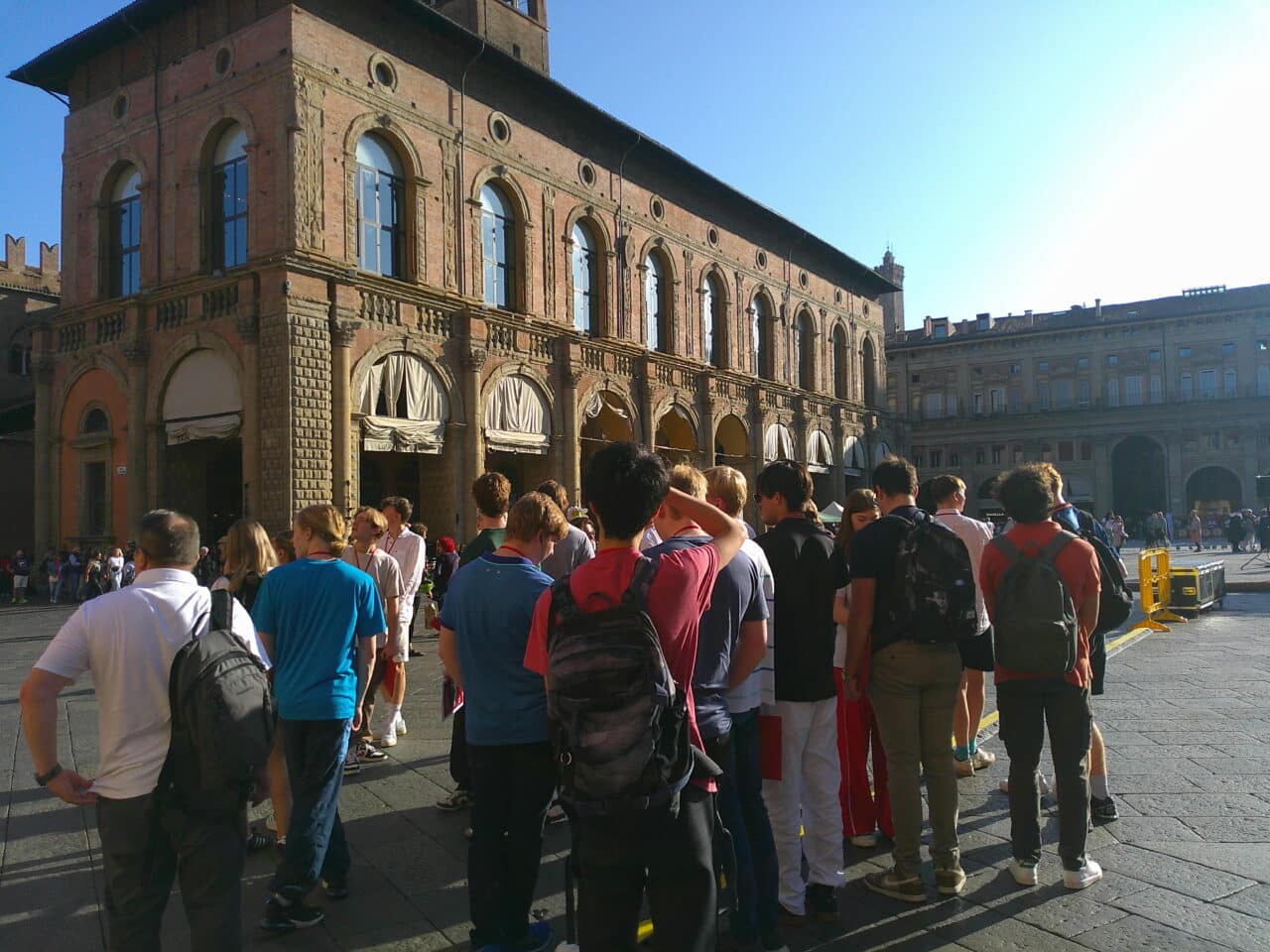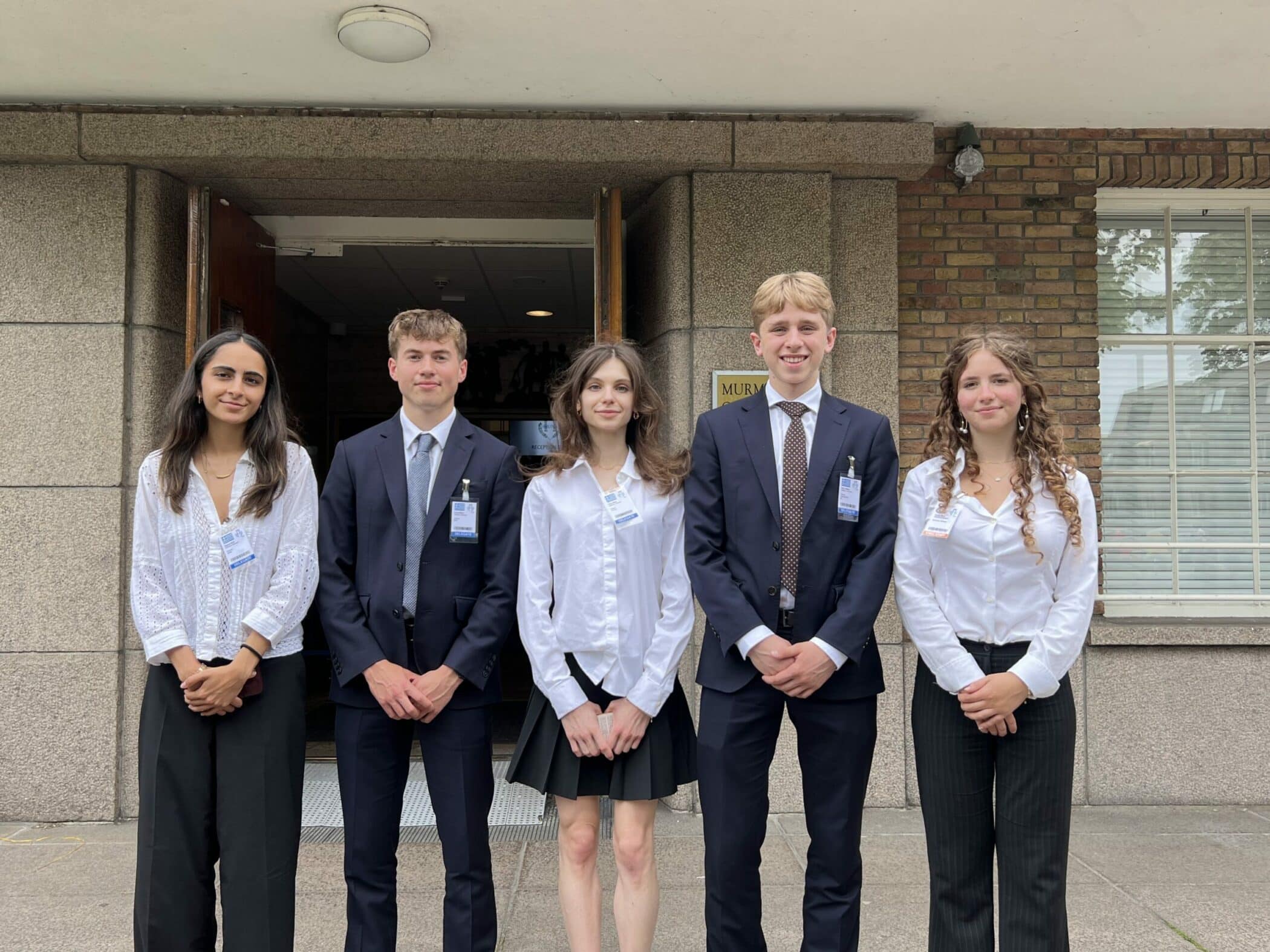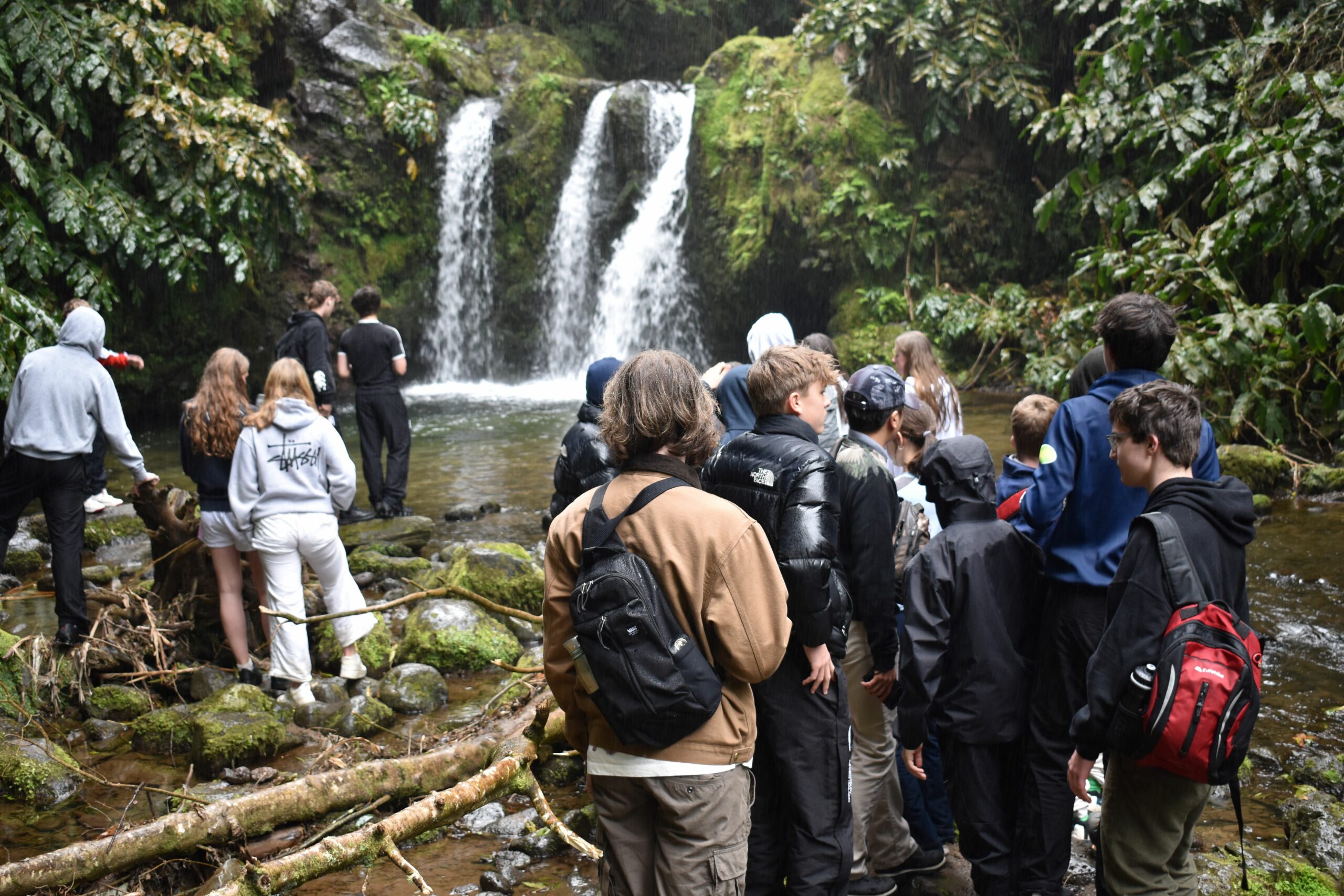Design & Technology, Geography and Business Studies Pupils Visit Italy

Design & Technology, Geography and Business Studies pupils studying A-levels and IB visited Italy for an action packed half-term trip, taking in stunning cities, supercar factories and artisan food producers.
The trip was an enriching experience, allowing pupils to witness first-hand the history, culture, industry and cuisine of Bologna and the surrounding area.
Day 1: Bologna, a City of Towers, Cars and Gelato
Bologna is a city that offers something for everyone: history, art, culture, cuisine, and entertainment. It is also known as “La Dotta” (the learned), “La Rossa” (the red), and “La Grassa” (the fat), reflecting its rich heritage and traditions.
The day in Bologna started early in glorious sunshine with a walking tour of the city. The group were amazed by the beauty and diversity of Bologna’s architecture, which ranges from medieval to modern. They visited some of the main attractions and landmarks, such as Piazza Maggiore, the heart of the city, where they admired the Basilica of San Petronio, one of the largest churches in the world, and the Fountain of Neptune, a symbol of Bologna’s power and prosperity. They also learnt about the history and culture of Bologna, home to Europe’s oldest university, with over 40 kilometres of porticoes (covered walkways) and famous for its wonderful food.
The main highlight of the walking tour was climbing the nearly 400 steps to the top of Torre Accursi, also known as the Clock Tower. This is one of the few remaining towers in Bologna, which once had over 100. The towers were built by noble families as a sign of their wealth and status, but also as a means of defence and communication. From the top of Torre Accursi, the pupils enjoyed a breathtaking view of the city and its surroundings. They could see other towers, such as Asinelli and Garisenda, which inspired Dante’s Inferno, as well as the hills that surround Bologna.
After the walking tour, the pupils had some time to explore the city on their own, enjoy lunch at one of the many restaurants or cafes, and of course try some gelato, the Italian ice cream that comes in a variety of flavours.
The afternoon provided a bonding activity, as pupils competed in a friendly but exciting race at a nearby karting venue. There were some interesting driving styles, and it would appear one or two of the group have ambitions of being the next F1 world champion.
The last stop of the day was the Lamborghini Museum, where pupils were able to see both modern and classic versions of this Italian car manufacturer. The museum showcases the innovation and design of Lamborghini over the years, from its origins as a tractor maker to its current status as a luxury sports car brand. The pupils were impressed by the models and exhibits they saw at the museum, such as the Miura, Countach, Sian, and many more.
The day ended with a group meal in a traditional restaurant where they savoured some of Bologna’s specialties: tortellini and tiramisu.
Day 2: Venice, a City of Water, Art, and Romance
Venice is a city that defies expectations. It seems to float on water, with no cars or roads – only boats and canals. It is a city that preserves its ancient heritage, with magnificent palaces, churches, and museums. It is also a city that inspires creativity, with its famous glassblowing, carnival masks, and music.
The day began with an early morning train journey from Bologna to Venice. The train ride took 90 minutes, passing through the scenic countryside of the Veneto region. The pupils arrived at the Santa Lucia station in Venice, where they were greeted by their tour guide. The guide led them through the busy streets of Venice, filled with tourists, locals, and vendors. The pupils admired the colourful buildings and bridges that lined the canals, as well as the gondolas and water taxis that glided on the water.
The first stop of the tour was the Rialto Bridge, one of the most famous and oldest bridges in Venice. The bridge spans the Grand Canal, the main waterway of Venice, and connects the districts of San Marco and San Polo. The bridge was originally built as a wooden structure in the 12th century but was rebuilt in stone in the 16th century. The bridge has three arches and two ramps, with shops selling souvenirs, jewellery, and leather goods on both sides. The group enjoyed the view of the Grand Canal from the bridge, as well as the lively atmosphere of the Rialto market nearby.
The next stop of the tour was St Mark’s Square, the main public square of Venice. The square is surrounded by some of the most important buildings and monuments of Venice, such as St Mark’s Basilica, St Mark’s Campanile, Doge’s Palace, and the Clock Tower. The pupils learned about the history and significance of each building from their guide, as well as some of the legends and stories related to them.
One of the highlights of St Mark’s Square was the demonstration of glassblowing at a nearby workshop. The group watched in awe as a skilled glassblower created a vase out of glass.
After the glassblowing demonstration, the pupils had free time to explore Venice on their own. The day ended with a river taxi ride back to the railway station. They enjoyed the view of Venice from a different perspective, as well as the sunset over the water.
Day 3: Parmesan, Ferrari and Pagani, a Day of Speed and Flavour
Emilia Romagna is a region that combines tradition and innovation, culture and cuisine, art and engineering. It is also the home of some of the most renowned and prestigious brands in the world, such as Parmigiano Reggiano, Ferrari, and Pagani.
The day started with a tour of a parmesan farm and factory, where pupils learned how the world-renowned Parmigiano Reggiano is produced. They saw how the raw milk from local cows is transformed into golden wheels of cheese, following a centuries-old recipe and technique. They also visited the ageing warehouse where the cheese is stored for at least 12 months before being inspected and certified. They tasted different ages of Parmesan cheese, paired with meats, and appreciated its rich and complex flavour.
The next stop was the Ferrari Museum in Maranello, where they explored the history and achievements of the legendary sports car manufacturer. They admired some of the most iconic and beautiful models of Ferrari, from road cars to prototypes, from racing cars to concept cars. They also learned about the life and vision of Enzo Ferrari, the founder of the marque, and his legacy in the automotive industry. Some pupils had the chance to experience the thrill of driving a Ferrari in a professional simulator.
After the museum, the pupils visited a workshop focused on aerodynamics, where they discovered how science and technology are applied to improve the performance and design of cars.
They boarded a shuttle bus that took them around the factory complex and along the Fiorano track, where pupils witnessed some of the cars being driven on the track by professional drivers.
The final visit of the day was to the Pagani museum and factory, where pupils learned about another remarkable car brand that combines art and engineering. In the museum the group saw some of the models and exhibits that showcase the innovation and design of Pagani over the years. These included the Zonda, Huayra, and Utopia cars. They also learned about Horacio Pagani, the founder of Pagani, who started as a mechanic and became a master craftsman. They visited the factory where they saw how each car is handcrafted using titanium threaded carbon fibre with meticulous attention to detail.
The day ended with a group meal in Bologna, where pupils enjoyed some more of the Emilia Romagna’s gastronomic specialties.
Day 4: Ducati and Balsamic, a Day of Taste and Power
Day 4 started with a visit to the Ducati museum and factory, where pupils learned how Ducati motorcycles are designed, assembled, and tested. They saw a collection of bikes from throughout Ducati’s history – from road bikes to racing bikes to prototype concept bikes. They witnessed stories of the life and vision of Antonio Cavalieri Ducati, the founder of the marque, and his legacy in the motorcycle industry. They also participated in a physics workshop that included an understanding of material properties and the forces acting on a motorcycle at different speeds.
The final visit of the day and tour was to Acetaia Sereni, a traditional balsamic vineyard and factory. They learned how balsamic vinegar is produced from local grapes, following a centuries-old recipe and technique. They visited the ageing cellars, where the vinegar is stored for at least 12 years before being inspected and certified. They tasted the full range of balsamic vinegars produced by Acetaia Sereni, from young to old, from sweet to sour. After this, the group enjoyed a meal of traditional tortellini with balsamic vinegar, and ice cream (with balsamic vinegar of course).







